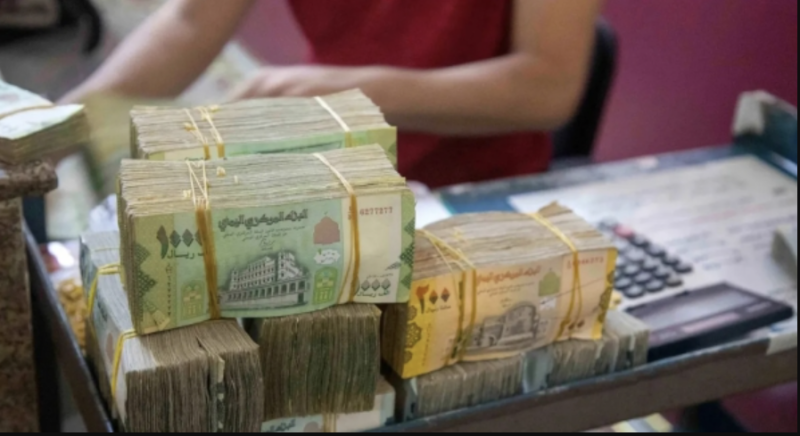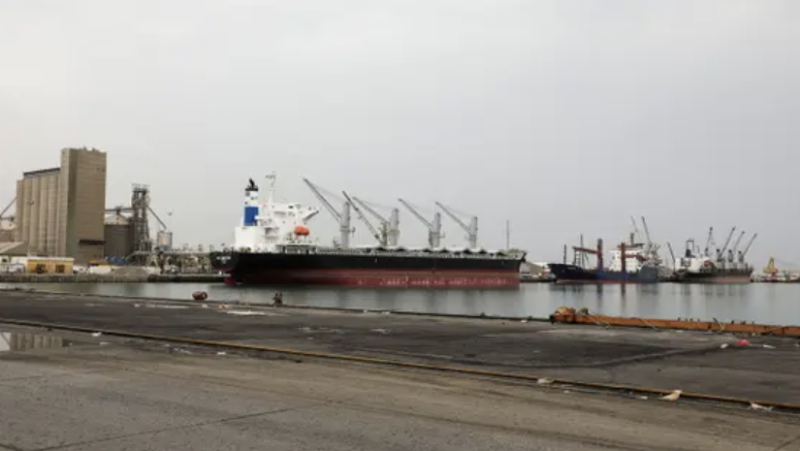GIEWS Country Brief: Yemen 10-March-2021


FOOD SECURITY SNAPSHOT
Conflict continues to threaten agricultural livelihoods
Well below‑average 2020 cereal harvest estimated, stable cereal import requirements
Over 16 million food insecure people in January‑June 2021 period
Conflict continues to threaten agricultural livelihoods
Due to a variety of natural conditions, the calendar of agricultural activities differs depending on location. In Central highlands and Southern uplands, barley, maize and sorghum harvests finished last October and November. In Central highlands, the harvest of the second season wheat crops that were planted last December is expected to start soon. In Eastern Plateau, wheat crops have already been harvested. According to actual meteorological observations, seasonally dry weather conditions prevailed in January and the first two decades of February across the country. In Central highlands and Southern uplands with distinct rainy seasons, precipitations are expected to pick up from March onwards.
Unabating conflict continues to compromise all economic activities, including agriculture. Although prices of some agricultural inputs seasonally declined in January 2021, inputs remain expensive and often in short supply. High fuel prices are constraining agricultural activities, particularly irrigation. To cope with the elevated production costs, reports indicate that farmers shifted from irrigated to rainfed crops, which yield lower output and rely more on family labour instead of employing hired workers.
Regarding the desert locust outbreak, at the end of February, low numbers of solitarious adults were reported only along the Red Sea coastal plains as conditions have been drying out in the rest of the country. No breeding in expected until the rains resume from April. The country’s capacity to survey and control pests remains constrained due to lack of access in some breeding areas and lack of equipment.
Well below‑average cereal harvest in 2020
Taking into account conflict related constraints as well as the outbreaks of pests, total cereal production in 2020 was estimated at 365 000 tonnes, about 5 percent below the previous year’s harvest and almost 25 percent below the five‑year average.
On average, total domestic cereal production covers less than 20 percent of the total utilization (food, feed and other uses). The country is largely dependent on food assistance and commercial imports to satisfy its domestic consumption requirements for wheat, the main staple. The share of domestic wheat production in total food utilization in the last ten years is between 5 and 10 percent, depending on the performance of the domestic harvest.
The import requirement for cereals to guarantee a sufficient calorie in‑take in the 2021 marketing year (January/December) is forecast at an average level of 4.3 million tonnes, including 3.2 million tonnes of wheat, 700 000 tonnes of maize and 400 000 tonnes of rice.
It is estimated that slightly more than 5.5 million tonnes of food, out of which over 60 percent were wheat grain and flour, were imported in 2020, entering through seaports and land ports. Humanitarian organizations imported 12 percent of the total food imports, while commercial imports constitute the rest. The total amount was about 11 percent lower than in 2019.
Over 16 million people food insecure
Economic conditions in the country remain dire. The conflict is further hampering the already constrained livelihood activities and humanitarian access. Income earning opportunities have declined due to COVID‑19‑related business disruptions.
The country’s already weak fiscal position has been eroded by the low prices of oil, the depletion of hard currency reserves and the decline in remittances. After November 2019, when USD 1 was traded for YER 575 across the country, the exchange rates between southern and northern governorates started diverging significantly. In January 2021, USD 1 was traded for YER 770 in the south, while in the north the average exchange rate, controlled by the Central Bank of Yemen in Sana’a, remained stable at YER 600 per 1 USD.
Official fuel prices remain unchanged, but supply of fuel at official prices remains very scarce. On the parallel market, fuel sells at a premium of 60‑90 percent. At the national level, between December 2020 and January 2021, the price of petrol on the parallel market increased by 45 percent, while diesel and cooking gas increased by 32 and 26 percent, respectively, due to the high demand for heating during the winter and disruptions in fuel import flows. Overall, fuel prices remained over 250 percent above the February 2015 levels.
In January 2021, prices of several food commodities remained stable or eased slightly compared to the previous month, but they often still exceed their pre‑crisis levels (February 2015) by two or three times. Although no physical shortages of goods are reported, the high prices severely limit households’ access.
Humanitarian funding significantly reduced in 2020 resulting in many operations being scaled down leaving the needs of millions of people unattended. Further scaling down is expected in 2021 after the March 2021 pledging conference garnered only USD 1.7 billion, falling short of the total 2021 appeal of USD 3.85 billion. Between January and June 2021, even with the planned delivery of humanitarian assistance, the number of food insecure people is projected to increase from 13.5 million to 16.2 million, including 11 million in IPC Phase 3: “Crisis”, 5 million in IPC Phase 4: “Emergency” and 47 000 people in IPC Phase 5: “Catastrophe”.

Paris — The French humanitarian organization Acted announced that it has delivered cash assistance to nearly 89,000 people affected by displa…

Sana’a — Fuel and food imports into ports under the control of Yemen’s Houthi movement on the Red Sea have continued to fall for…

ADEN — Yemen Airways, the country’s national carrier, announced it will resume flights between Aden and Abu Dhabi beginning in January…